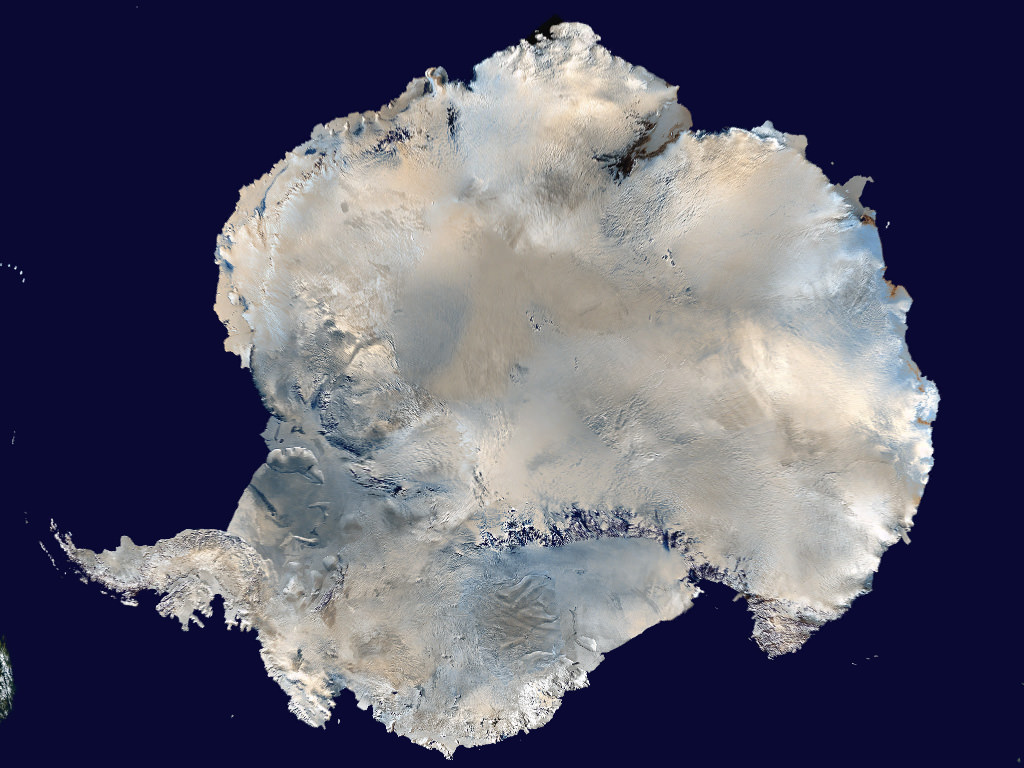Antarctica is classified as a desert because of its limited rainfall it s also the worlds largest desert

Antarctica: The World's Largest Desert

When we think of deserts, images of scorching hot sand dunes and arid landscapes come to mind. However, there is one desert unlike any other, a desert that defies our traditional perceptions. That desert is none other than Antarctica – the fascinating icy wilderness that covers the southernmost continent on Earth. Despite its frozen appearance, Antarctica is classified as a desert due to its extremely limited rainfall. In fact, it is not only a desert but also the largest desert in the world.

An average desert is commonly characterized by its scarcity of precipitation, aridity, and the presence of dry soil. Surprisingly, Antarctica meets all these criteria, despite its frozen and seemingly inhospitable nature. The continent only receives around 200 mm (8 inches) of precipitation annually, usually in the form of snowfall. This amount is significantly lower than what is required to sustain plant life in any significant way. Consequently, the soil remains frozen and devoid of most non-microscopic life forms.
The classification of Antarctica as a desert may seem counterintuitive, given its icy condition, but the lack of rainfall holds it true to this definition. In fact, the continent’s aridity makes it one of the most extreme environments on our planet. The frigid temperatures, strong winds, and low humidity further create inhospitable conditions for life to flourish. The average temperature in Antarctica ranges from -40°C (-40°F) in the winter to -17°C (1.4°F) during the summer, only adding to the harshness of the environment.
Geographically, Antarctica is a massive landmass comprising an area of approximately 14 million square kilometers (5.4 million square miles). This makes it larger than any other desert we might typically envision. While its sheer size alone is awe-inspiring, it is the unique combination of its vast expanse, frozen landscape, and limited precipitation that sets it apart as the largest desert globally.
Antarctica’s designation as a desert, as peculiar as it may initially sound, is supported by scientific evidence. The continent’s extreme conditions and its minimal precipitation levels place it firmly within the desert categorization. This classification allows us to appreciate the diversity and complexity of our planet’s ecosystems, extending even to the harshest and most unexpected corners of the Earth.
Source: Universe Today
Related Posts
Quick Links
Legal Stuff

